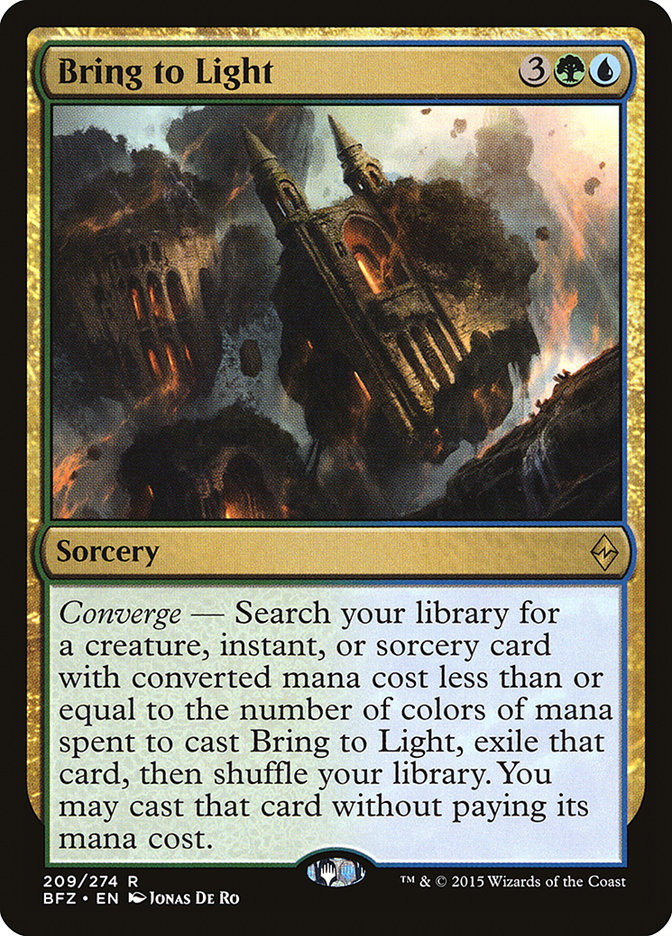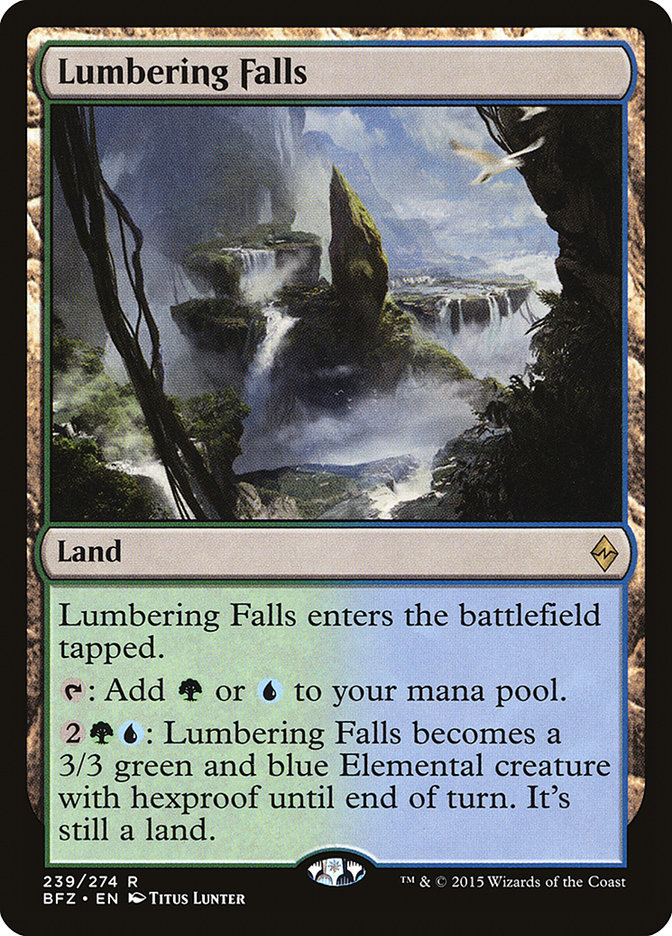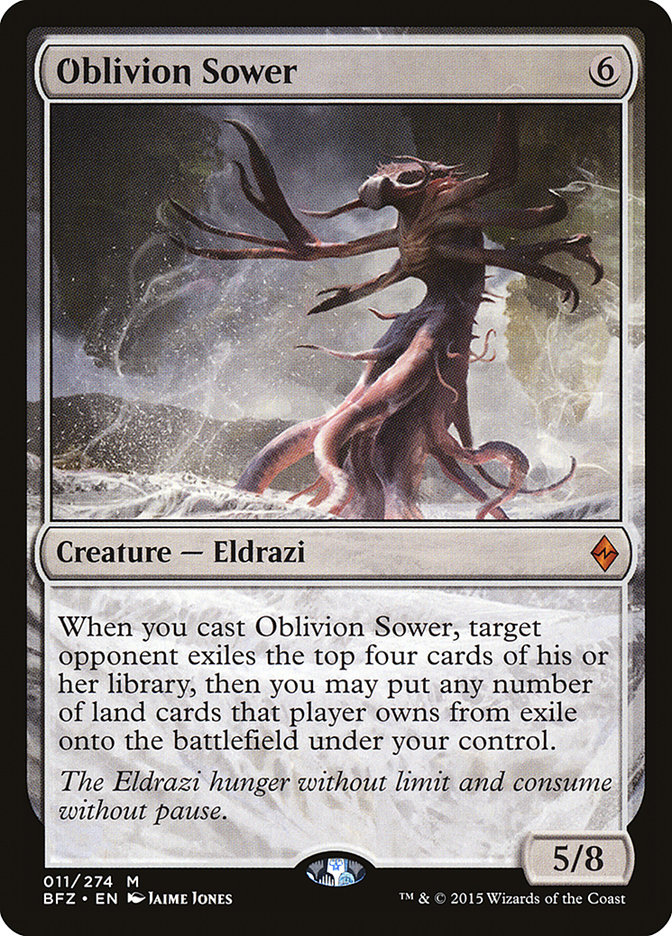Ari Lax just wrote this article, but I have my own take,
and I think it’s an important enough topic to warrant multiple opinions. Standard is about to change. A lot. I think there’s a fear that Siege Rhino and
all the good Abzan cards from Khans are still going to be around, so Abzan will continue to be the best deck in Standard, but I doubt that’s how
this will play out.
Patrick Chapin proposed a hypothetical list of what Abzan Control might look like, just given what few Battle for Zendikar cards we already know,
and the list looks very strong:
Creatures (16)
Planeswalkers (5)
Lands (26)
Spells (13)

This list looks great because it looks competitive with the current Standard despite the fact that this is losing a full block and adding around 50 cards,
but what’s strong in today’s Standard might not be strong in tomorrow’s Standard. As a general statement, this is true but not strong–sure, it might not
be good, we can’t know yet, but do we have any reason to think it won’t be? I’d like to argue that we do.
First, this deck is as midrange as it gets. It has no one-mana plays in the maindeck, which is fine because it’s planning to use turn 1 playing a tapped
land; however, without Temples, it doesn’t exactly get value for doing that. This deck is based on wall to wall card advantage and versatile removal.
Essentially, it’s built to beat up on other midrange decks. The old Standard format called for that because everyone had to slow down. Temples made trying
to go fast difficult, and Courser of Kruphix made it easy to beat. I think the new Standard format will make it much easier to go under or over
this kind of deck. I’ll get to how, but first, we need to understand mana in the new Standard.
This is all about the lands. Dual lands that can be searched for and sometimes enter the battlefield tapped can be used as a direct replacement for
Temples, but thinking about them that way will leave you way behind the times. These offer an entirely different set of rewards, which means the incentives
are all completely different. Remember, mana is the driving force of the game. Temples are perfect for combo and midrange, the spells for combo weren’t as
strong, so we saw midrange dominate throughout the Temples’ lifespan.
But things are different now.
So what exactly do these new lands mean? Well, they do two things really well. First, because of the interaction between fetchlands and Battle lands, they
make mana great–we’re capable of stretching manabases a lot further now.
1 Plains
1 Island
1 Swamp
1 Mountain
1 Forest
A deck with these 24 lands has fifteen sources of each color, and depending on how they fetch, likely won’t have to deal with that many lands entering the
battlefield tapped. It’s unlikely that a deck will play this exact set of lands–decks will generally want to prioritize a color or two–but the point is a
proof of concept that playing five colors is an option, and it’s one that Battle for Zendikar specifically pushes with the converge mechanic.
The other thing these lands do is reward playing a lot of basic lands. While this is obvious, I think the implications may not be. These lands are best at
supporting a near mono-color deck that splashes an allied color for spells it doesn’t want to play until turn 3. Consider something like an aggressive
white deck that splashes a few cards like Stratus Dancer, Disdainful Stroke, or Dragonlord Ojutai. This deck might have a manabase like this:
8 Plains
This deck has only 22 lands, but it has sixteen sources of untapped white mana on turn 1, fourteen cards that let you get blue mana, and most games won’t
have a single land enter the battlefield tapped. It can seamlessly curve out, and if you want to splash a couple Treasure Cruises, you’re well on your way
to casting them at a good rate just off your fetches. Atarka Red gets to do exactly the same thing with lands in its colors.
Two-colored allied decks now have lands that can support aggressive curves. That didn’t exist before. What if you want to play one-drops in both colors,
like Honored Hierarch, Goblin Glory Chaser? What if you still want to reliably cast Avatar of the Resolute? What does the mana look like for that deck?
5 Forest
3 Mountain
22 lands, thirteen untapped green and eleven untapped red on turn 1. Nineteen green sources, seventeen red sources. There are games where you’ll have a
Goblin Glory Seeker you can’t cast on turn 1, but most of the time you’ll have a green creature you can play instead if your deck’s built to do that. It’s
not as seamless as a deck that prioritizes one color as its first color, but it’s definitely functional.
So what does this mean? In theory, it should mean that we should be able to find a way to reliably go under Abzan with a more mana efficient deck.
It’s hard to imagine a world where a deck full of three-mana removal spells that can’t get onto the board until at least a turn behind the other deck can’t
just get run over on mana efficiency. I admit that Abzan does have a lot of great catch up plays between Gideon, Ally of Zendikar, Siege Rhino, and a
variety of sweepers, along with Hangarback Walker to brick early attackers, so aggressive decks will need a bit of support, but the mana pushes so strongly
toward aggro working that I feel like the standard for efficiency has to shift away from this, especially when it’s so easy to splash Negate and Disdainful
Stroke.
Now, somehow I’ve gotten through what looks like a full analysis of Battle For Zendikar Standard mana without talking about Lumbering Falls. You
can’t just ignore creature-lands, as they almost always define Standard. The trick here is that we don’t know which colors will be available yet, as I’ve
heard rumors that the cycle will be split between two sets. If neither the B/G nor W/B manland is printed, I think it will be almost impossible for Abzan
to compete with the midrange decks from the colors that have creature-lands.
Of course, that is assuming midrange is even a thing. I don’t know that it will be. Ramp (historically) is an excellent counter to midrange. When you’re
playing slow, non-threatening two-for-ones and trying to catch up to aggro decks by playing Languish, if your opponent just starts dropping Eldrazi, your
deck is likely to look horrible. Now, Ari suggests that these Eldrazi aren’t like the last ones, that without annihilator, these just aren’t the same kind
of trump, but I’m not buying it.
First of all, the designers know midrange has been on top for too long, and building an Eldrazi set that doesn’t shake that up would be a catastrophic
failure, given how easy it should be. Second, I don’t think they can print all these ingest cards and Processors without letting the Processors actually
get there. I think Blight Herder and Oblivion Sower are the real deal. I think they let you get to enough mana that your other Eldrazi and Awaken cards
should bury a deck like Abzan, and in the case of Oblivion Sower, it’s important to note that some portion of the time, you’ll be getting creature-lands,
or at least lands to activate your own creature-lands. I think these cards and Ulamog, the Ceaseless Hunger allow your deck to function like a deck full of
three-for-ones against a deck designed around two-for-ones, and I just don’t think they’ll be able to keep up.
Of course, this is the other factor that will push the format toward aggro–if you’re not willing to commit to ramping up to Eldrazi, you’ll need to build
your deck to be able to beat people who do, and that probably means you’ll need to kill them before they get there. The threat of ramp decks pushes people
down the curve while punishing people for trying to play cards like Languish that don’t kill them or interact with their gameplan. I think midrange will
find itself wedged between competing threats that demand answers that don’t overlap despite the apparent versatility of Abzan’s cards.
Basically, I predict a world where people have to be more proactive than we’ve seen because the threats are too varied, but I admit that it’s easy to take
the position that we can’t fill our decks with answers because we don’t know the threats when we literally don’t know what cards will exist to threaten us.
If I had to lock in my deck now, and then my opponent’s got to build with the full set and full information, I’d obviously want to be as proactive as
possible because I can only be so wrong. Once we’ve seen and played with the set a bit, maybe things will settle and the enemies will be known and a
reactive deck can be built that has the right answers to punish them.
Finally, remember that on top of everything else, Abzan is losing Thoughtseize, which was its real answer to expensive spells that trumped what it was
doing. Thoughtseize would make playing enough mana sources to get up to big Eldrazi risky, but without it, and with creature-lands to keep a high threat
density with a high land count, I’m just not buying that the new world will be anywhere near as kind to Siege Rhino.
I think we’ll see allied color aggro decks, but almost no mono-color decks, because splashing an allied color is just so easy.
I think we’ll see enemy color midrange decks–yes, I’ve been going on about the death of midrange, but I don’t really believe that that can happen in full.
Creature-lands push toward midrange as much as Temples do, it’s just that they’re a less central driver in the format if there are only two or three of
them rather than ten Temples. The midrange decks with creature-lands will likely play three colors, I think either allied colors or enemy colored groups
that include two creature-lands. Those are the combinations that will have the best lands by a wide enough margin that I think the difference in spell
quality in clans that don’t have two creature-lands won’t be able to make up the difference.
I think we’ll see big mana decks that could be any combination of colors, but they’ll probably prioritize access to creature-lands.
The next important foundation of the format to look at might be ways to exile your opponent’s cards. We already know that Hangarback Walker and Den
Protector + Deathmist Raptor are among the most powerful cards in Khans of Tarkir and Magic Origins, so exiling your opponent’s creatures
is already a priority, but combined with Eldrazi Processors, I think it’s worth looking at all the options that exist for exiling cards in Standard now:
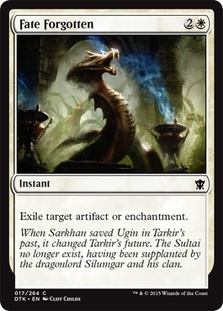
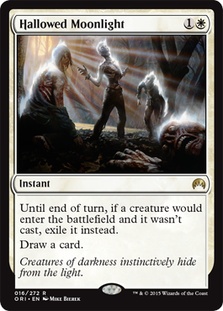
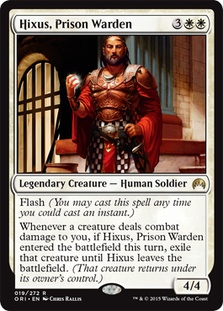
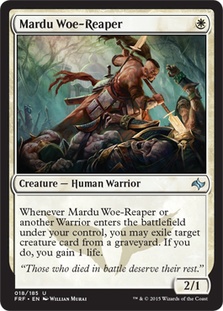
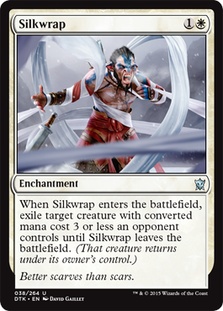
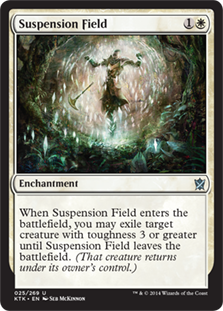
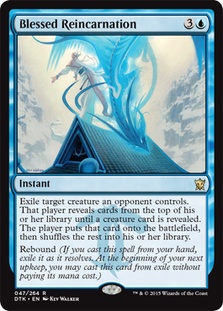
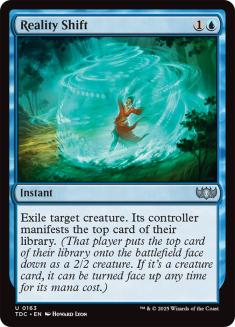
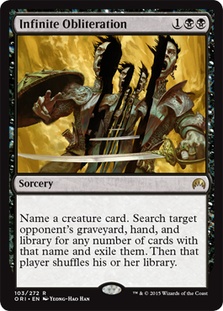
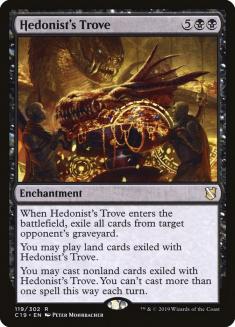
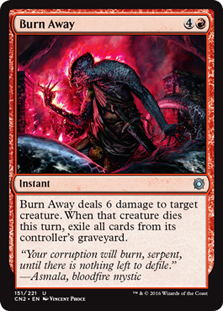
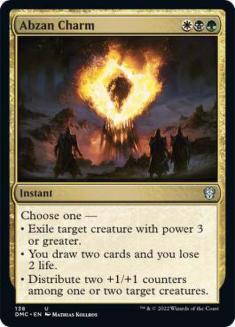
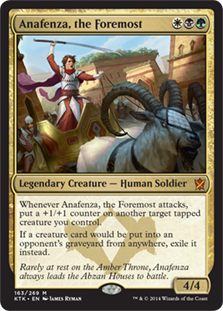
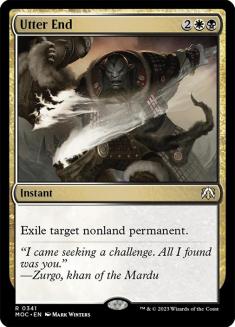
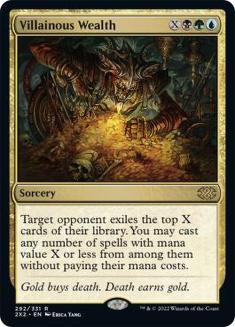
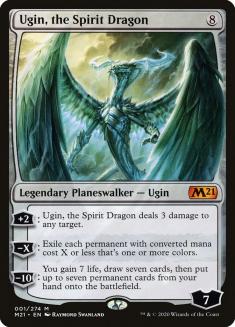

Before Battle for Zendikar, that’s the full list. We lost a huge number of great ways to do this, which must have been intentional. Ashiok,
Nightmare Weaver seems like it would be absolutely absurd in Standard with these Eldrazi, and I would have loved to see Pyxis of Pandemonium become a
Standard staple (in addition to feeding your Processors, your Processors make it a one sided effect and it builds up to putting a bunch of random Eldrazi
onto the battlefield for you; I think it would actually be great if it wasn’t leaving Standard).
The list above is mostly populated with bad cards or cards that aren’t doing what we’re trying to do. Let me condense it to cards that have seen
substantial Standard play, or that I think have some real potential:












That’s eleven cards, and Villainous Wealth and Ugin, the Spirit Dragon are only listed because they’re potential payoffs for ramping. Note that Ugin, the
Spirit Dragon is going to be pretty badly positioned against a lot of colorless threats (which I find pretty amusing from a flavor perspective, given that,
as I understand it, this last block was about reversing a thousand years of history to bring him back to fight the Eldrazi, which he apparently basically
can’t interact with).
Only Hallowed Moonlight, Hixus, Prison Warden, Silkwrap, Suspension Field, Reality Shift, Abzan Charm, Anafenza, the Foremost, and Utter End relevantly
interact with Hangarback Walker. Stasis Snare looks like it’s going to be a really important card.
This last season of Standard has been great, but I’m certainly looking forward to a change and looking to spoilers to get a better sense about what
direction things are moving in.

